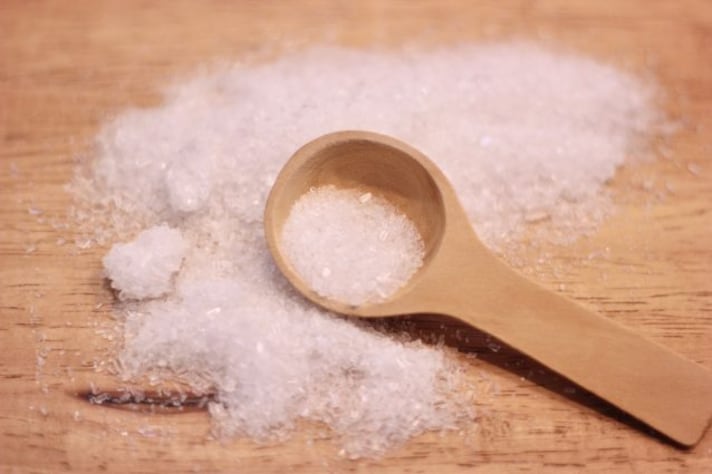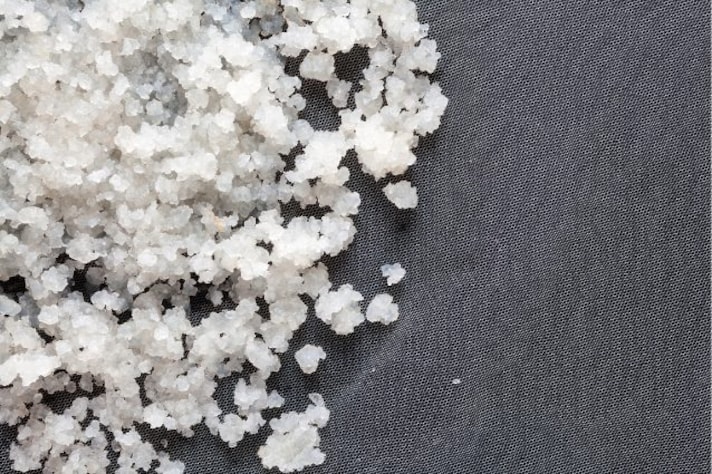
We’ve all been there. You’re about to sprinkle a dash of salt onto your fries, and instead of a smooth flow, you’re shaking the salt shaker like it owes you money. What gives? Why does salt, which should flow freely, suddenly decide to clump together like it's planning a revolt? This kitchen conundrum is more common than you'd think.
The Culprit: Humidity
The main reason salt clumps in shakers or containers is moisture, or more specifically, humidity. Salt is hygroscopic, meaning it absorbs water from the air. When your kitchen or pantry becomes damp, the salt draws in that moisture, causing it to form clumps. This happens because salt crystals dissolve slightly, and when they re-solidify, they bind together in larger, more stubborn chunks. In areas with high humidity or if you keep your salt shaker near the stove, where steam is abundant, clumping becomes almost inevitable.

Is Clumped Salt Still Safe?
Good news: even if your salt has turned into a small boulder, it’s still perfectly safe to eat. Clumping doesn’t affect the flavor or safety of the salt—it’s just a structural issue. That said, no one wants to deal with a salt shaker that doubles as a workout tool. If your salt has clumped, you can break it apart with a fork or transfer it to a grinder for smoother usage. So, while it’s annoying, clumped salt won’t ruin your meal or make you sick. Just be prepared for a little more elbow grease when serving.
Does Sugar Suffer the Same Fate?
Yes, sugar can also clump, but for different reasons. Sugar is less hygroscopic than salt, meaning it doesn’t absorb moisture quite as easily. However, in high humidity or improperly stored containers, sugar can absorb moisture and clump as well. This is more common with brown sugar, which contains molasses that can become sticky. Like salt, clumped sugar is safe to eat but might require a bit of work to smooth out. A simple solution? Keep both your sugar and salt in airtight containers to avoid moisture from creeping in.

Tips to Stop Salt from Clumping
Now that we know the culprit, how do we stop it? First, store your salt in a cool, dry place, away from moisture and heat sources like the stove. You can also add a few grains of uncooked rice to the shaker. Rice absorbs moisture, keeping your salt nice and loose—this is an old trick that works wonders! Another option is to use a salt shaker with a built-in moisture absorber or silica packets designed for food storage. These methods help reduce humidity, ensuring your salt stays free-flowing and ready for action.
;Resize,width=767;)
